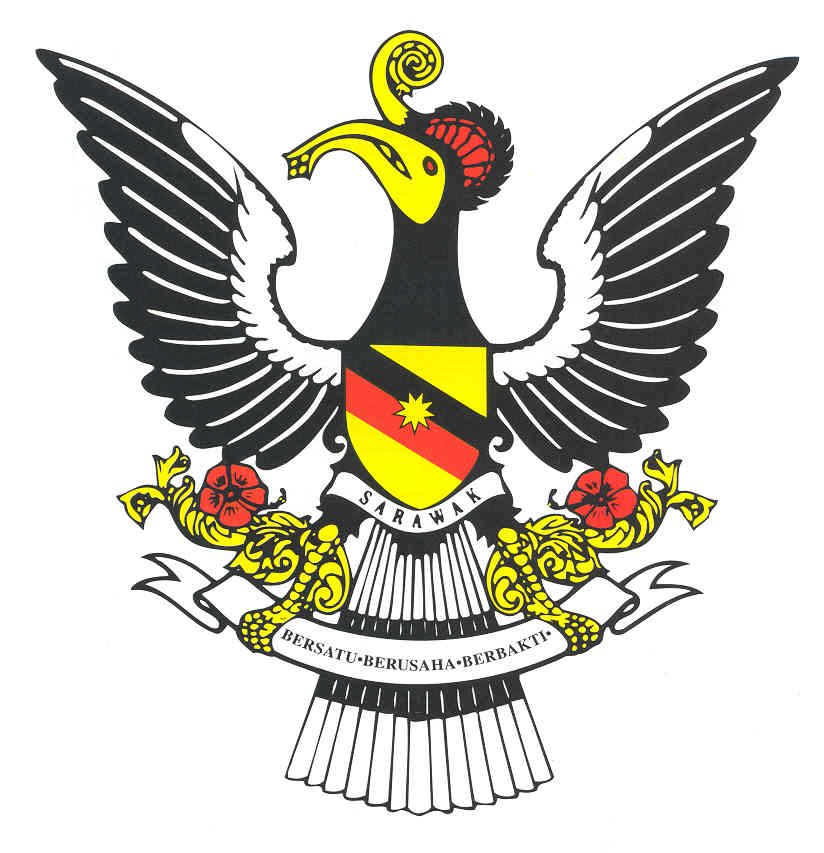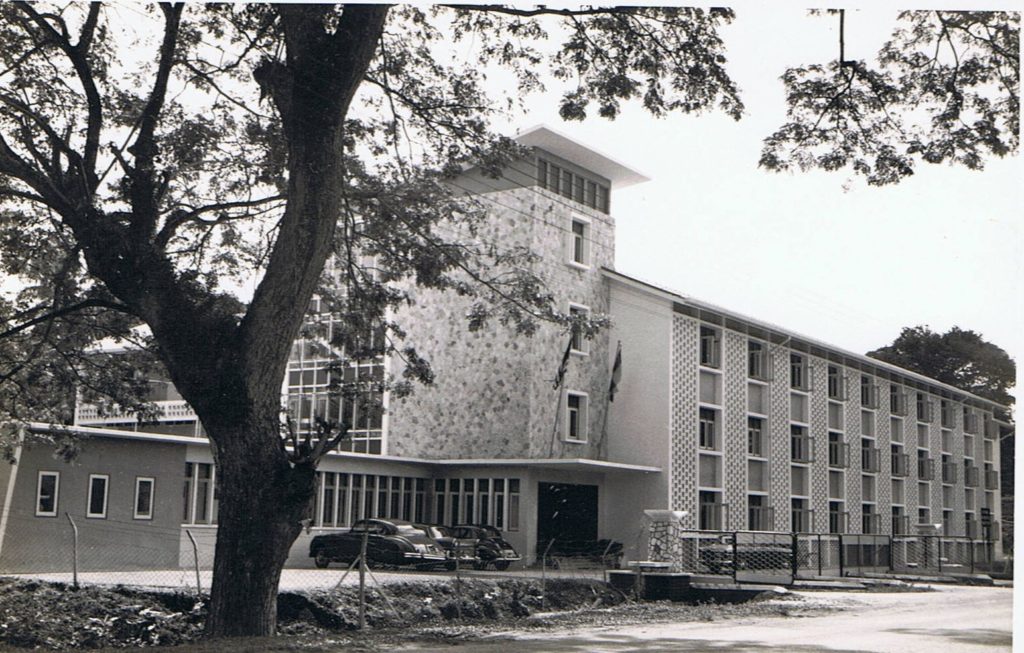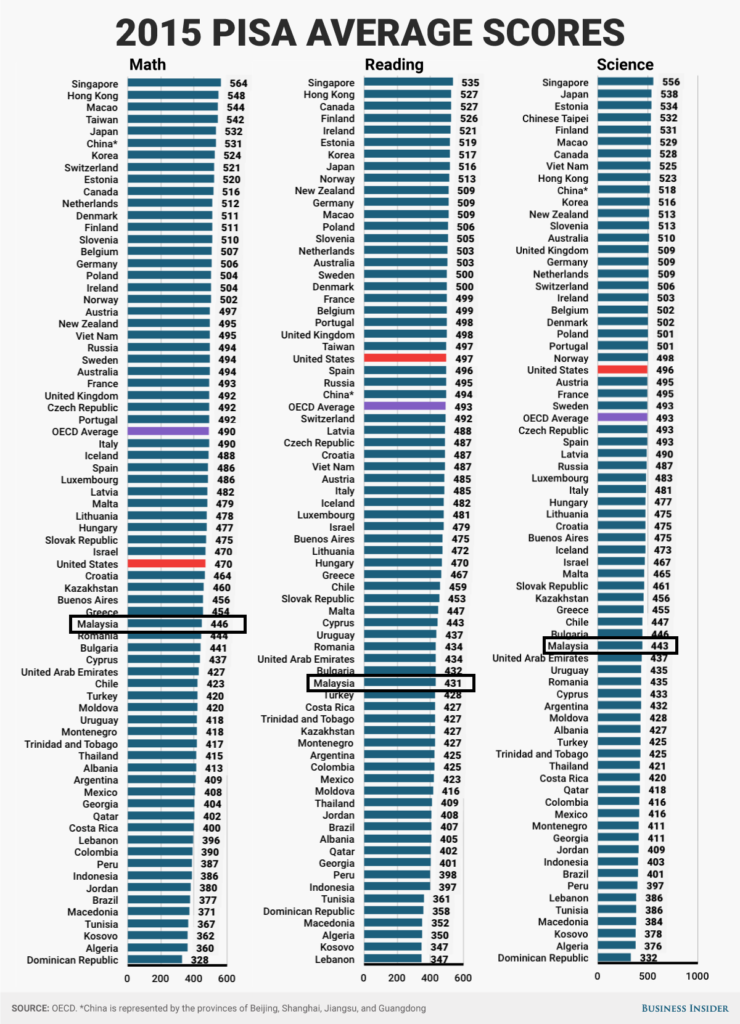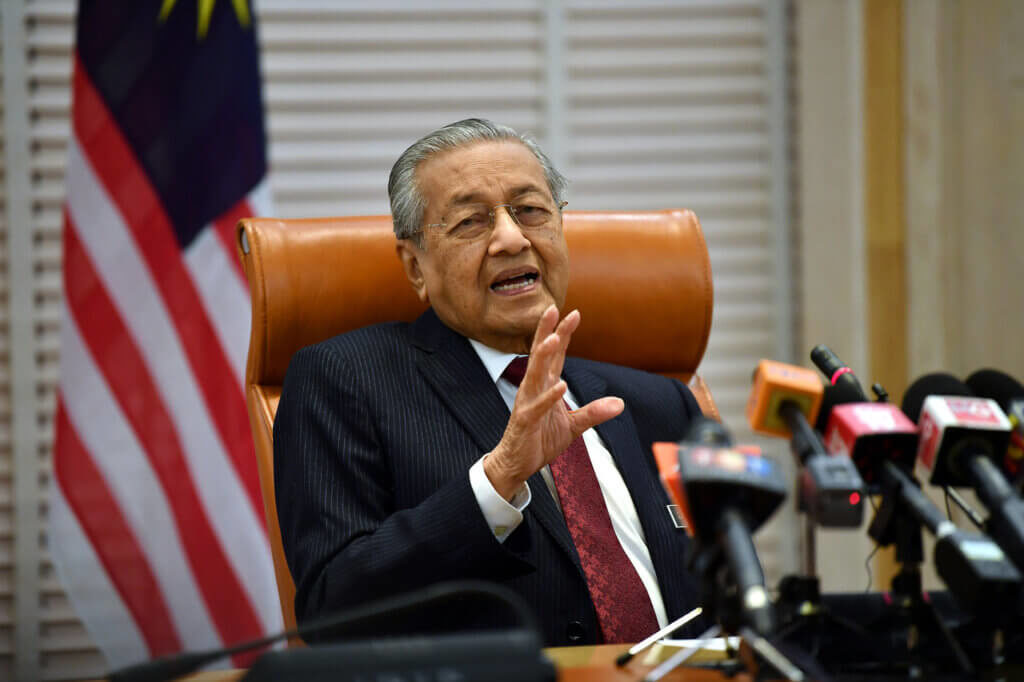

Sarawak is on its way to use English to teach Math and Science. While history has shown where majority of Malaysians stand, English is proven vital for success.
Language has always been a part of our identity. One’s use of language reflects their personality, accompanied by a sense of belonging.
Some Malaysians are proud on its multi-ethnic society, desiring cultural peace and racial harmony as the end goal.
But as history has proven multiple times over, being forced to conform to something not part of ourselves will be met with resistance.
Education before Independence
The British colonization of Malaysia in the 1900s made English its official language, but it was mostly used to educate the young in urbanized areas. In more rural parts of the country, children attended schools in their mother tongue.
Before Malaysia’s independence, there was no unified establishment for the education system, hence it included English, Malay, Chinese, and Tamil languages in their respective schools.
Additionally, the school education content only slightly differed from British education standards then.

It had minor customization to fit local conditions, but the number of years of education remains almost the same till this day; six years of primary, three years of lower secondary, and two years of upper secondary schooling.
Despite that, secondary education was only available in English or Chinese medium schools. This transition was especially hard on the Malays due to its unfamiliarity.
Although it sounds disadvantageous for Malays, records indicate it’s due to the Malay population having significantly less access to secondary schools. On top of that, students from non-Malay medium based schools suffered equally while completing secondary education compared to Malay students.
Whereas tertiary education is extremely rare and mostly available exclusively overseas.
Birth of National Language
After Malaysia’s independence, the Malay language did not immediately become the national language.
Gradually, the committee in charge of education establish standardized education curriculum for schools across the nation, but still used English as a medium for public schools, reason being to assimilate and encourage Chinese and Tamil students into their developed model.
As the numbers increased, the Malays developed bitterness over the language barrier they faced.
Therefore, the committee compromised by using a dual-language approach, with Malay or English being used as a medium, while Chinese and Tamil were taught as separate subjects.
But non-Malay medium schools were thriving in education and the workforce, with better educational facilities and environment, privately supplied by a higher class society.
Language use remained controversial and left certain Malay nationalist unsatisfied. This led to senior party alliance then, UMNO, to reforge the National Language Act 1967 to proclaim Malay as the national language to consolidate the Malays’ status.
Events of 13 May 1969 further fuelled and sped up the process of implementing Malay as the primary language used over all levels of education.

Note, these events were pertaining to Peninsular Malaysia. But soon after, Sabah and Sarawak eventually conformed to a Malay medium education.
Switching back and forth
The passing decades saw the Malaysian government implementing education policies to promote the Malay language.
But in 2002, the government announced the implementation of English in Mathematics and Science subjects, to not only improve English proficiency, but to also keep up with rapid globalization growth and employability.
Called the PPSMI (Pengejaran dan Pembelajaran Sains dan Matematik dalam Bahasa Ingerris), the decision changed decades of Malay language teachings in an instance.
Although this benefited those whose mother tongue isn’t Malay, the national standard for the scores of Math and Science declined since its introduction.
Unfortunately, the government reports the decline is contributed by students from rural parts of Malaysia. Employment of more English teachers and increased English classes did nothing to improve their proficiency.
The situation was also met with heavy criticism from Malay linguists, and protests from rural Malays and activist in the capital city. They claimed fears of the Malay language eroding from the education curriculum.
After these events, the government made a U-turn and announced to stop using English to educate Math and Science lessons by 2012. Hence, failing to improve English standards across Malaysia.
Scores from the 2015 PISA (Program for International Student Assessment), a test for assessing math, science, and literacy for 15-year-olds around the globe, showed Malaysia had significantly lower average scores compared to the rest of the world.

Despite the scores, it’s actually an improvement since the 2012 PISA; Math scored 421, Reading scored 398, and Science scored 420 in 2012.
The use of the Malay language had since been maintained, until now.
Tun M goes full throttle with English
The fall of the Barisan National government stirred people’s hopes of reintroducing English in Math and Science, but the government maintains their course on using the DLP (Dual Language Program).
Initiated by BN in 2016, the DLP is a hybrid using both languages, leaving the decision entirely up to the schools. Currently, there are approximately 23,000 students enrolled in the DLP.
Besides, the DLP was deemed challenging for certain students introduced to the program, because of parental pressure of learning one language over another. But the education ministry is planning on seeing it through.
But the program was heavily criticized by Prime Minister Tun Dr Mahathir Mohamad. He claimed the DLP was biased to those who took the advantage of studying English. “

“That is unfair because the graduates of these schools will be employable. Those who go through the Malay stream will not be employable. That is discrimination against them,”
Tun Dr Mahathir Mohamad – from MalaysiaKini
The lack of English proficiency is concerning. However, the Prime Minister is looking for a way to standardize the language used across Malaysia.
Sarawak stands for English
Starting next year, Sarawak will be the only state to teach Math and Science in English, starting with Year One students in primary school.
The move was sparked by Batang Sadong MP Datuk Seri Nancy Shukri, who cited the use of English in education was unopposed by the Cobbold Commission Report when east and west Malaysia merged.
She also stated the position of English was solidified when MA63 (Malaysia Agreement 1963) was formed, claiming Bahasa Malaysia as the national language, but English had always been the national language under the agreements.
A welcomed decision by the federal government and Sarawakians alike, the decision wasn’t opposed by anyone and has not garnered controversy.
But if what Tun M said is true, the educational standards between the east and west may create a gap of employability, benefiting future Sarawakians’ graduates.
Whether this would drive a wedge between states is questionable. But what’s happened in history may reflect back. What’s certain is the debate for whichever language used is on the horizon.
With Malaysia’s English proficiency score’s major decline in 2018, English needs to be picked up to position Malaysia within the international workforce and establish impressionable standards across the globe.

